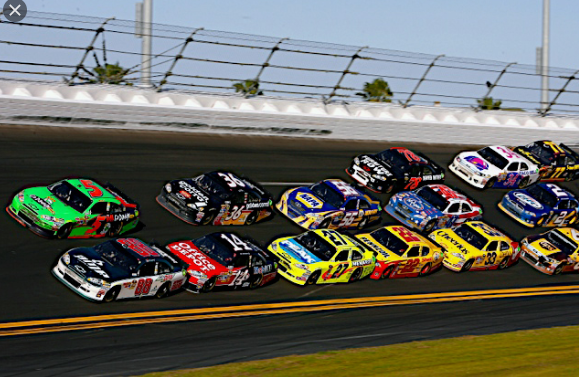
Road racing, a motor sport that involves racers on paved roads, is a motor sport. It can take place on a street circuit or a closed circuit. Street circuits typically use a temporarily closed public street. Road races began on public roads. There are many kinds of road races. There are several types of road races.
Stage races
Stage racing is one of the greatest pleasures of road-racing. They allow cyclists to get out and meet other enthusiasts. They also give them the chance to eat and drink more than they normally would. This allows them to rehydrate and repair their muscles, a key part of the road race. Riders who are not physically and mentally ready for long racing days will not be able to participate in this type of racing.
Stage races start with riders in a small group, known as a Peloton. As the race progresses, riders use tactics developed by their teams to break free. Drafting is a technique that allows team members to alternate leading and following the wind. This allows teams to work together and gain an advantage over their counterparts.

Criteriums
It's crucial to maintain a good overall standing when you race in a criterium. It's easy to get lost if you're far behind the pack. To counter this, you should position yourself closer the front. However, you will be able influence the race pace if you move to the front of your group. This can however put you at disadvantage in the sprint.
Criteriums can be races with multiple laps. Typically, they are under a mile and held in urban areas. These races are often fiercely competitive and have many technical corners. Domestiques are usually present to support the race leader and chase down any attackers. The domestiques are the unsung heroes of the peloton.
Individual time trials
Individual time trials for road racing are difficult. While some riders may like the thrill of sprinting at race start, this isn’t the best strategy. Instead, riders should concentrate on their own pace and getting into a time-trial place before the race begins. Aside from pacing, riders should also practice rotating and assessing what their strengths are.
It takes a lot of physical preparation to compete in time trials. A time trial is often called a "race for truth", as it pits cyclists against eachother, the road, conditions, and themselves. Although this may seem appealing to some, it is not for everyone. You should practice on the course prior to the race as conditions can be unexpected and challenging. You may not notice a rough seal or false flat, and there may be trees or dips that may throw you off.

Tour de France
Road racing is a grouping of cyclists called "teams". Each team has eight members, including a leader. They race in a series stage. Each stage has a timer and each rider’s time is added up to previous stage times to determine a cumulative time. The rider with lowest cumulative finishing time is the leader of the race. The race also has a young rider classification, for riders under the age of 26.
The Tour de France began in 1903. Two French newspapers were the first to publish the race. Le Velo, the first newspaper, sold 80,000 copies a day. L'Auto, which was created in 1899 by a team of journalists, businessmen, and others.
FAQ
What's the purpose of racing cars?
Car racing's purpose is to entertain the public by allowing them to see cars race around a track at high speeds. It also offers drivers an opportunity to showcase their skills and compete among themselves.
Do you have any guidelines for the appearance of a racecar?
No. No.
They must also adhere to safety standards.
What type of race cars do race car drivers use to drive?
Modern racing cars usually use engines. These engines work in a similar way to normal passenger vehicles.
They run on compressed air, and not petrol.
How many people go into making a racecar?
Many race car companies employ hundreds of workers.
They produce components such as wheels and tires, suspension systems, engine components, and body panels.
Statistics
- According to Toyota, the 390-hp-plus 2019 Yaris WRC runs out of gearing after 124 mph, 19 mph less than the crazy Yaris GR that's currently sitting on dealer lots outside of the U.S. BONUS: (motortrend.com)
- Acceleration is a little gentler (relatively speaking) too, with 0-100km/h taking an estimated 3.1 seconds and 0-200km/h covered in 7.8 seconds. (autosport.com)
- Forget the 200-mph battles of the late 1980s; no one, not even McLaren itself, predicted the inimitable F1 would go as fast as it did. (motortrend.com)
- Petty has won 200 NASCAR Cup Series races, a likely unbreakable record, along with a series record seven Cup championships. (frontstretch.com)
- In 2009, the slick tires returned as a part of revisions to the rules for the 2009 season; slicks have no grooves and give up to 18% more contact with the track. (en.wikipedia.org)
External Links
How To
How to get into motorsports
The first step is to learn how to drive. Once you have mastered this skill, then you are ready for racing. If you wish to race professionally, you will need to join a team. This will require you to be able communicate well with others, and to show that you are able to win races. You should also be willing to take risks and put your life at risk. If you are interested in becoming a professional driver, it is important to study the sport and learn all aspects of driving.